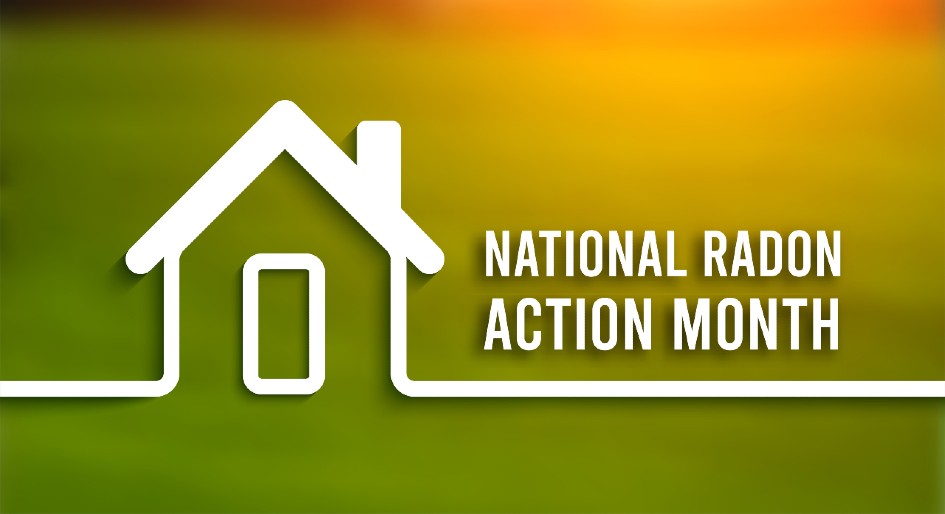Radon exposure is estimated to be the cause of 16 per cent of lung cancers in Canada. People who live in buildings with high radon levels, or spend a lot of time in them, face the highest risk.
The invisible, odourless gas that can seep into homes through cracks in floors, walls and foundations. People cannot see, smell or taste the gas, but as it quickly decays, it gives off tiny radioactive particles. When inhaled the particles can damage cells that line the lung.
Last year, findings from a three-year-long Canada-wide citizen science initiative found that radon levels consistently eclipse provincial and national estimates. Dangerous levels of the cancer-causing gas are much more common that what Health Canada determined more than 10 years ago.
November is Radon Action Month. Tarion, the not-for-profit consumer protection organization that administers Ontario’s new home warranty program, is raising awareness of the dangers of excessive exposure in new homes. Here are some tips and commonly asked questions about testing:
1. When is the best time to test for radon?
Fall and winter are the best seasons to test your home for radon because they will provide the most accurate reading for how high radon levels in your home can get. During these colder months, we reduce the air flow through our homes by keeping windows closed, thus allowing radon concentrations to build up inside. As a result, November is the perfect time to start thinking about how you can take action on the potential hazards of radon in your home.
2. How do I conduct a test?
There are a few options to choose from. You can buy a do-it-yourself test kit at your local hardware or home improvement store. Another option is to check in with your local library (yes, you read that right). Many libraries across the province allow you to borrow radon detectors. Finally, if you prefer to hire a professional to conduct the test for you, make sure they are certified by the Canadian National Radon Proficiency Program.
3. Do I need to test even if I own a new home?
The simple answer is Yes. Since radon has more to do with the soil beneath your home than your home’s age, you should consider testing your new home as soon as you can to determine if it is prone to high radon levels. The good news is that many new homes include rough-ins for radon mitigation systems, which will make things a lot easier if you need to reduce radon levels.
4. What if my results are above the Health Canada guideline?
If your radon levels are above Health Canada’s guideline of 200 becquerels per cubic metre, you should take action to reduce it as soon as possible. Fortunately, radon mitigation services are easy to find and are not very expensive. If your home is less than seven years old, radon mitigation is covered for up to $50,000 by the new home warranty. Click here to learn more about how you can get warranty assistance for elevated radon levels.
5. What if my radon levels are low?
If your radon levels come in below Health Canada’s guideline of 200 becquerels per cubic metre, you don’t need to take actions to reduce it. However, you should continue to monitor them, as they can change over time. Experts recommend testing again after about five years.
If you want to learn more about how you can take action, visit takeactiononradon.ca.









